In my opinion, hummingbirds are one of the most amazing birds on earth. One of my favorite things about summer is getting to watch them at my feeders, buzzing around like miniature helicopters. To learn more about how you attract hummingbirds to your yard, Click HERE.
What do you know about this tiny bird? Here are a few facts:
1. Ruby-throated hummingbirds beat their wings 60-80 times per second. Their wings move in a figure eight-shape when beating. When they are in a courtship dive, this increases to 200 times per SECOND! Have you ever seen them do this! It’s incredible! The female rests on a branch while the male flies at top speed in a giant arch, a pendulum, with the bottom being right beside the watching female. How could she not be impressed! I still remember the first time I ever witnessed this, standing rapt at the bay window of the house I lived in New York State, watching in awe as the male whipped up and down, up and down, like he was on an invisible string, sailing past the quiet female in spectacular fashion.
2. Hummingbirds fly up to 40 mph in a straight line and as much as 65 mph in their courtship dive! They can fly in place, forwards, sideways, even upside-down.
3. They are the only bird that can fly backwards.
When they chase each other around by my feeders, they often dart in and out the small wooden slats on the deck, zooming through the narrow spaces at crazy speeds. I cannot imagine how this is possible, always wanting to close my eyes when I see them doing this, thinking at any second they will run smack dab into the wood, sudden death a guarantee. Yet I have never seen one run into anything but each other, and this is surely intentional.
4. Hummingbirds have the fastest metabolism of any animal on earth. Their metabolism is 100 times faster than that of an elephant!
5 Hummingbirds are also the tiniest birds in the world. Their brain consists of 4.2% of their body weight; the largest in the animal kingdom! They can hear better than humans, see better than us, even see ultraviolet light. Their heart beats at a rate of 615 beats per minute!
6. The colors you see in a hummingbird’s feathers are not from pigments, but rather the STRUCTURE of the feathers! The colors vary according to how much light hits them and at what angle it comes from. This explains why sometimes the male’s gorget looks black and then when he suddenly turns his head, it can look bright red. Amazing!!
7. Ruby-throated hummingbirds, like other hummingbirds have a diet of flower nectar and insects and other small invertebrates that are important sources of protein for the tiny birds. They catch the insects in mid-air, find them on leaves or in spider webs.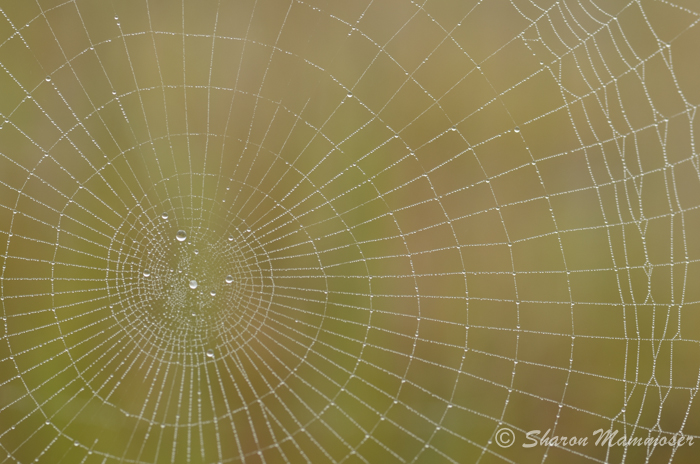
8. Ruby-throated hummingbirds are the only species of hummingbirds that lives and nests east of the Rockies. Thus, when you see one on the east coast, you can be pretty sure it’s a ruby-throated hummingbird! Both males and females have a metallic green back and white underside. Females are 15-25% larger, lack a red throat patch (called a gorget) and have three white-tipped tail feathers on each side of their forked tail. Immature hummingbirds lack the red gorget until after their first winter, though they may have streaking on the neck or one or two red feathers.
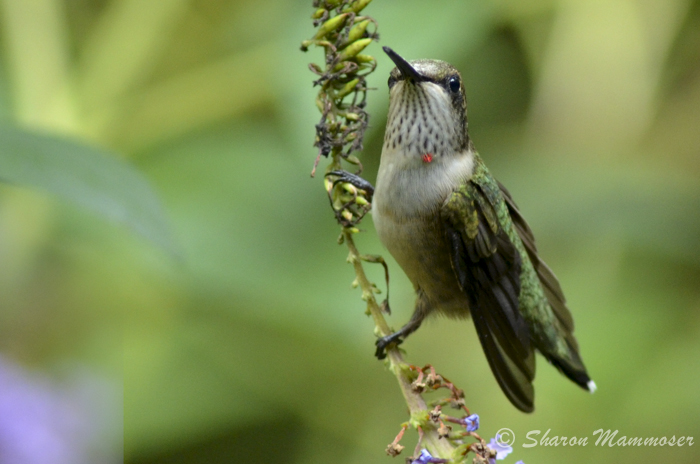
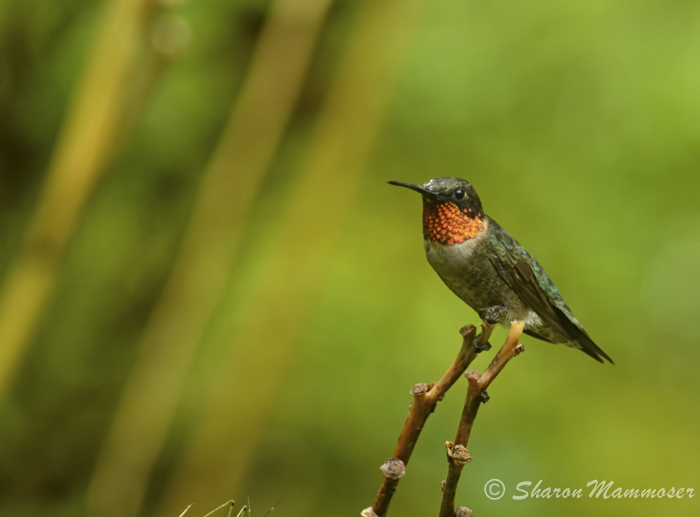
9. Hummingbird nests are 1-20 feet from the ground in the crotch of a tree. They make a cup about the size of a walnut using spider silk, plant down, ferns with moss and lichens on the outside. Their two white eggs are the size of peas! Females incubate for two weeks and have one or two broods each summer. The young birds stay in the nest for 20-22 days. When they leave the nest they are full grown. Males do not take part in building the nest or in raising the young.
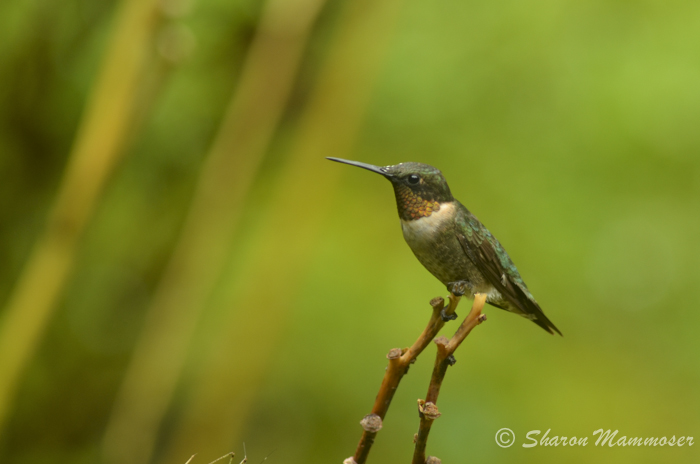
10. The average hummingbird consumes 1/2 of it’s body weight in nectar each day! They have long narrow beaks that are hollow in the middle to allow for their long tongue–which is grooved on the sides– to slip in and out easily.
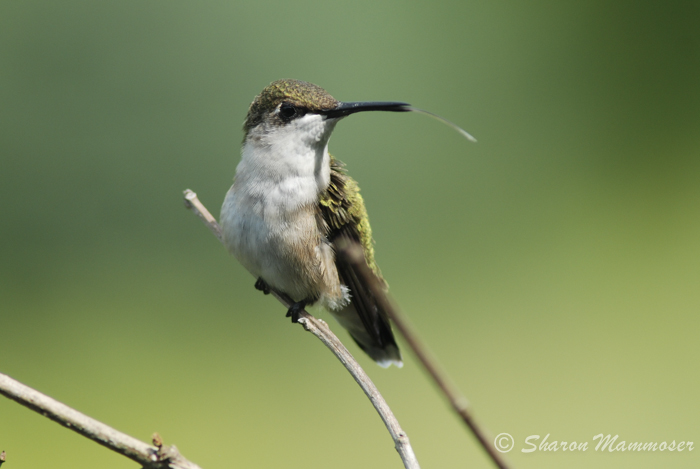
They get their nectar from flowers, and in areas where people live, from hummingbird feeders. If you want to attract hummingbirds, you can put out a hummingbird feeder. Click HERE for more information about attracting hummingbirds to your yard.
And possible the MOST AMAZING THING about hummingbirds is their annual migration across the Gulf of Mexico, non-stop! click HERE to read more about this!

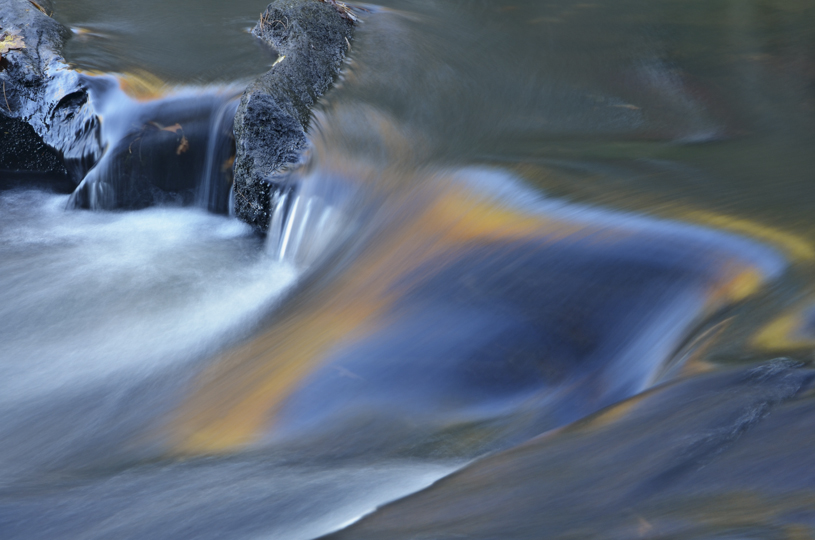
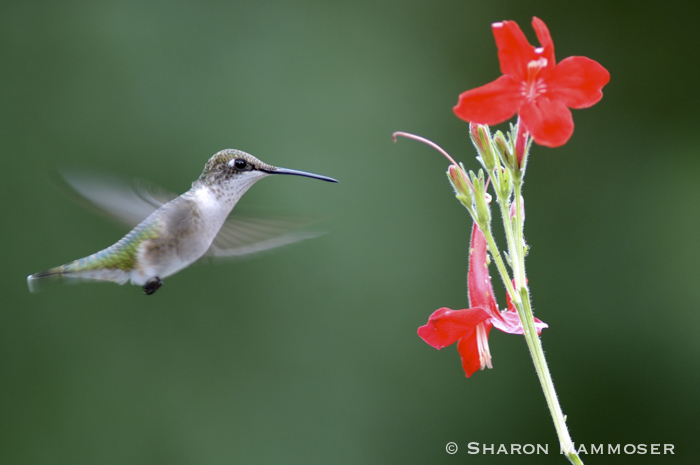
6 thoughts on “What Animal on Earth has the Fastest Metabolism? 10 Things You Might Not Know about Hummingbirds”
Comments are closed.